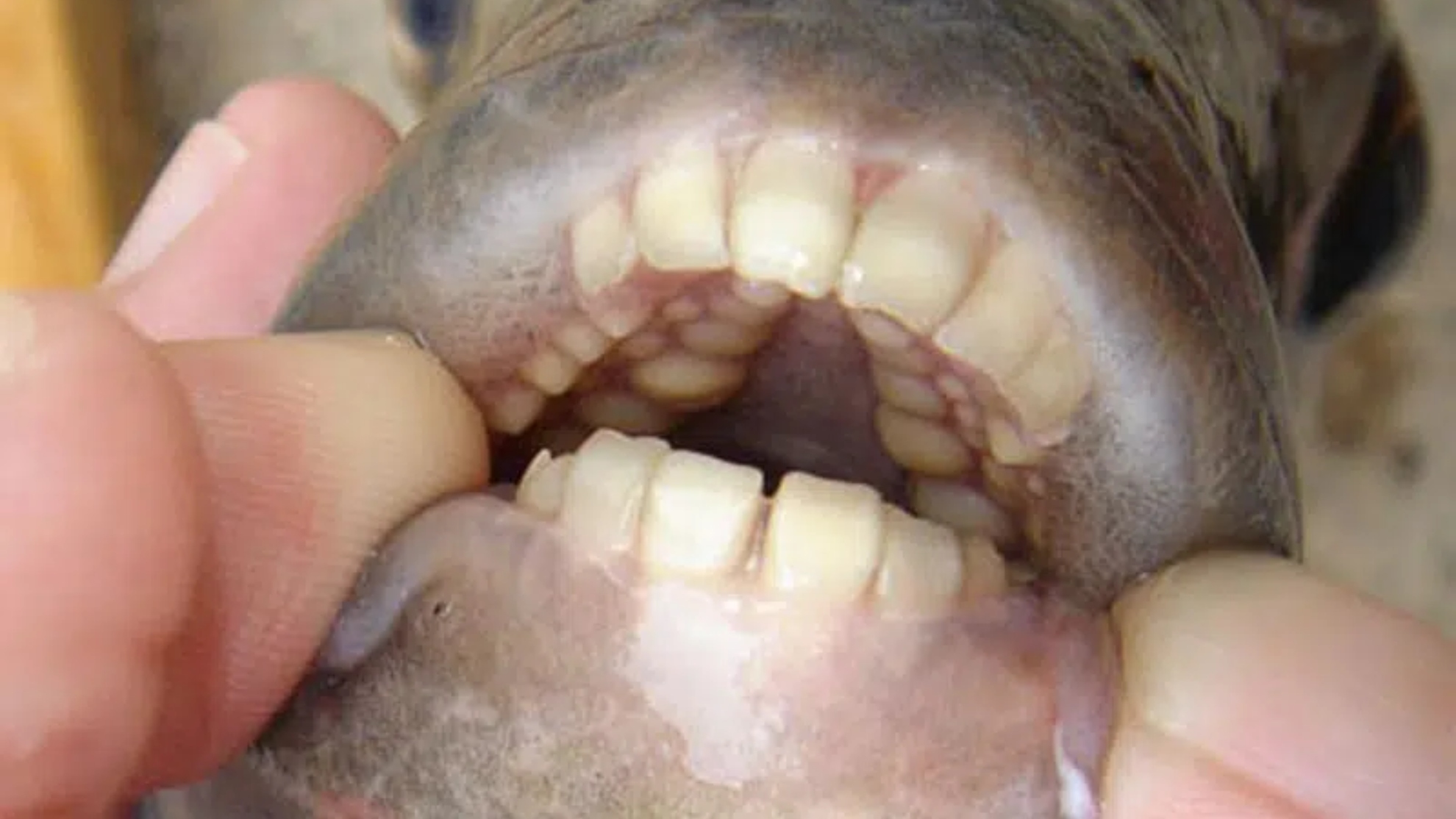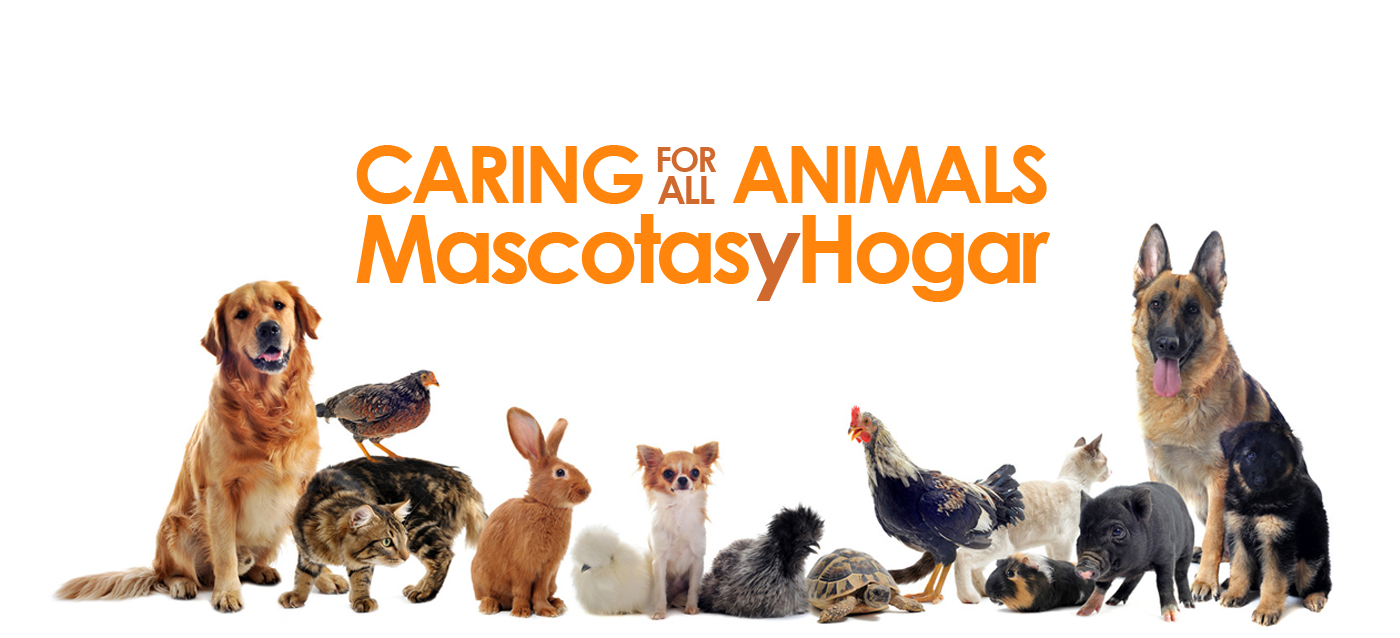
Are you ready to explore the intriguing world of animals with human-like teeth? From lions and dolphins to beavers and hippos, nature has some surprising dental wonders to offer. Join us on this fascinating journey as we delve into the realm of convergent evolution, where different species develop teeth that closely resemble our own. Discover the incredible adaptations that help these animals thrive in their environments, while also pondering the ethical implications of blending human genes with animal biology. So buckle up, because we’re about to embark on a wild ride through the land of dentistry in the animal kingdom!
Examples of animals with teeth that resemble human teeth
When it comes to the animal kingdom, teeth come in all shapes and sizes. While most animals have unique dental structures suited to their specific needs, there are a few fascinating examples of animals with teeth that bear a striking resemblance to our own.
One such creature is the baboon. These primates boast canine teeth that closely resemble our own incisors. With long, curved canines that protrude from their mouths, baboons use these formidable teeth for defense as well as tearing into tough food items.
Another interesting example is the common vampire bat. These blood-sucking creatures have sharp and elongated incisors much like our own canines. Their razor-sharp teeth allow them to make clean cuts on their prey’s skin without causing too much discomfort.
Moving underwater, we encounter the remarkable dolphin species known as orcas or killer whales. Orcas possess rows of conical-shaped teeth similar in appearance to human molars. With this dental arrangement, they are able to grasp and tear apart their prey efficiently.
In addition to these examples, other animals such as elephants and walruses also exhibit similarities in tooth structure with humans. Elephants have large molar-like teeth used for grinding vegetation while walruses possess prominent canine tusks resembling oversized incisors.
These intriguing resemblances between animal and human dentition highlight the concept of convergent evolution – where unrelated species independently evolve similar traits due to shared environmental pressures or functional demands.
The world of animal adaptations never ceases to amaze us! It’s truly fascinating how different creatures have evolved various dental features tailored specifically for their survival needs.”
Explanation of convergent evolution and how it applies to teeth
Convergent evolution is a fascinating concept that helps us understand the similarities we see in different species, even when they are not closely related. It refers to the independent development of similar traits or features in unrelated organisms due to similar environmental pressures.
When it comes to teeth, convergent evolution has led to some remarkable resemblances between animals and humans. For example, dolphins and sharks both have teeth that are sharp and designed for tearing into prey. While their evolutionary paths diverged millions of years ago, they evolved similar dentition through convergent evolution because they occupy similar niches as apex predators in aquatic environments.
Similarly, primates like chimpanzees and gorillas also possess incisors, canines, premolars, and molars – just like humans do! This similarity is not surprising considering our shared ancestry with these creatures. However, other mammals such as elephants also have molars with complex ridges for grinding vegetation – another example of convergent evolution at work!
Understanding how convergent evolution applies to teeth gives us insights into the incredible adaptability of living organisms. It shows us that nature often finds efficient solutions for survival under specific conditions again and again.
By studying how animals’ teeth have evolved over time, we may gain insights into developing new treatments or techniques for general dentistry. Dentists who specialize in general dentistry can benefit greatly from this research, as it provides a broader perspective on oral health and dental care.
So next time you visit your dentist who specializes in general dentistry (like those truly great dentists out there!), take a moment to appreciate the intricate design of your own human-like teeth while marveling at the diverse array of dental adaptations found throughout the animal kingdom! Keep exploring this vast world of biological wonders; who knows what other surprising dental similarities await our discovery?
The evolutionary advantage and purpose of different types of teeth in animals
The diversity of animal teeth is truly remarkable, each type serving a specific purpose and providing an evolutionary advantage to the species. From sharp fangs to grinding molars, these unique adaptations allow animals to survive and thrive in their respective environments.
Take the example of carnivorous animals such as lions or tigers. Their long, pointed canine teeth are designed for piercing through tough hides and holding onto prey. These formidable weapons enable them to efficiently catch and kill their food.
On the other hand, herbivores like cows or horses have evolved flat molars with ridges that aid in chewing tough plant material. This specialized dental structure allows them to break down cellulose present in plants, extracting maximum nutrients from their diet.
Animals that consume a mixture of both plant matter and meat, such as humans or bears, possess a combination of different tooth types. Incisors at the front help with biting into food while canines assist in tearing flesh apart. Pre-molars and molars then come into play for grinding and crushing food particles before digestion begins.
The variety of teeth found across different animal species showcases how evolution has tailored these structures based on dietary needs and survival strategies. Whether it’s tearing through flesh or pulverizing plants, every tooth serves its own unique function!
So next time you visit your dentist who specializes in general dentistry be sure to marvel at not only your own pearly whites but also appreciate the incredible diversity of teeth found throughout the animal kingdom!
Controversy surrounding the use of human genes in animal experiments
Controversy surrounding the use of human genes in animal experiments has long been a topic of debate among scientists, ethicists, and the general public. On one hand, proponents argue that these experiments can lead to valuable insights into human biology and potentially pave the way for medical breakthroughs. On the other hand, critics raise concerns about ethical boundaries being crossed and potential unintended consequences.
One key concern is the question of whether it is ethically justifiable to alter animals by inserting human genes into their DNA. This raises questions about how we define “human” and where we draw the line between species. Critics argue that creating hybrid animals with human-like traits could blur these lines and pose moral dilemmas.
Another point of contention is related to animal welfare. Critics argue that genetically modifying animals in this way may cause unnecessary suffering or harm to them. There are also concerns about potential unforeseen health issues or negative impacts on ecosystems if these modified animals were released into the wild.
Moreover, there are those who worry about possible commercial exploitation resulting from such experiments. The fear is that pharmaceutical companies or other industries may seek to patent organisms created through genetic modification for financial gain rather than solely for scientific advancement.
The controversy surrounding this issue reflects our ongoing struggle as a society to balance scientific progress with ethical considerations. It’s essential for researchers and policymakers alike to carefully weigh both sides of the argument before making decisions regarding genetic experimentation on animals.
While there are valid arguments both in favor of and against using human genes in animal experiments, it remains an area fraught with ethical complexities and uncertainties. As science continues to advance at a rapid pace, ongoing dialogue around this issue will be crucial in ensuring responsible practices that prioritize both scientific progress and ethical considerations
Potential ethical concerns and implications for creating animals with human-like teeth
When it comes to the idea of creating animals with human-like teeth, there are undoubtedly some potential ethical concerns and implications that need careful consideration. One of the primary concerns is the manipulation of nature and playing God. Critics argue that altering an animal’s genetic makeup to give them human-like teeth goes against the natural order of things.
Another concern revolves around questions of animal welfare. How would these animals be affected by having human-like teeth? Would they experience any pain or discomfort? It’s essential to ensure that any experimentation or modification done on animals is carried out ethically, ensuring their well-being throughout the process.
Additionally, there are broader ethical implications to consider. The creation of animals with human-like teeth could blur the lines between species and raise questions about moral boundaries. Some worry this could lead down a slippery slope where scientists start manipulating other aspects of an animal’s anatomy without fully understanding the consequences.
Furthermore, there may be economic considerations associated with creating such animals. Who would have access to these creatures? Could they potentially be exploited for profit or used in ways that raise further ethical dilemmas?
It’s crucial for society as a whole to engage in thoughtful discussions surrounding these potential ethical concerns and implications before proceeding further into this realm of scientific exploration. Only through open dialogue can we weigh both the benefits and risks accurately.
The world we live in is constantly evolving, both scientifically and ethically. As our knowledge grows, so too does our responsibility towards all living beings involved in scientific advancements. While exploring new frontiers can bring exciting discoveries, it also requires us to navigate complex moral landscapes carefully.
The fascinating world of animal adaptations and the potential for future discoveries
The fascinating world of animal adaptations and the potential for future discoveries is truly awe-inspiring. From animals with teeth that resemble our own to the incredible diversity of dental structures found in nature, there is so much we have yet to uncover.
As scientists continue to study and explore different species, we are sure to make even more astonishing discoveries about animal teeth and their functions. This knowledge not only deepens our understanding of evolution but also has practical applications in fields such as dentistry which truly sets great dentists from others.
However, it’s important to approach these developments with caution and consider the ethical implications associated with manipulating genes or creating animals with human-like teeth. The potential benefits must be weighed against any harm caused or unintended consequences that may arise from such experiments.
The field of animal adaptations holds endless possibilities for future discoveries. As advancements in technology continue to accelerate scientific research, we can look forward to unraveling more mysteries about the natural world around us.
So let us marvel at the wonders of convergent evolution and celebrate the ingenuity of nature’s designs! The journey towards understanding animal teeth is far from over, leaving room for countless exciting revelations yet to come.

